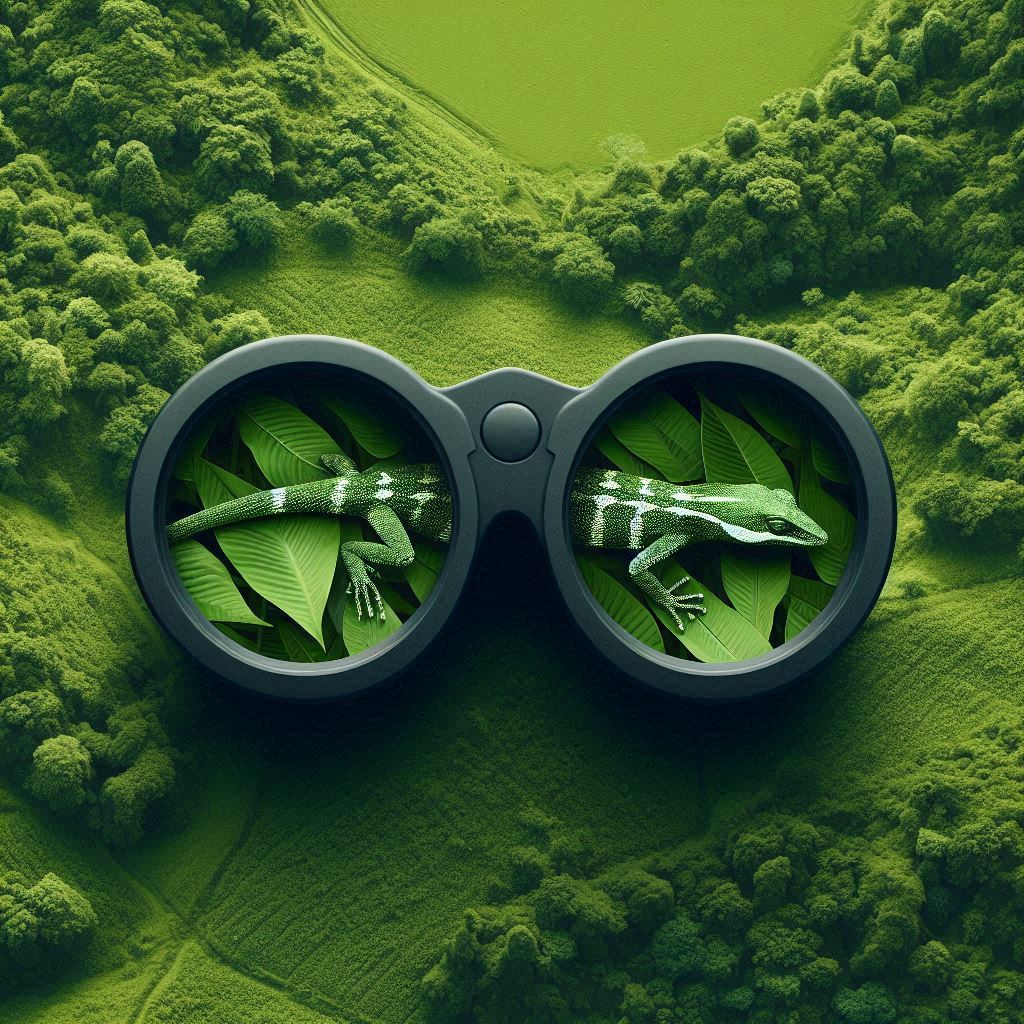
Researchers have developed a stereo-vision system that can break through perfect camouflage by leveraging the way human brains process 3D information, making hidden objects visible through depth perception!
Picture yourself trying to spot a green lizard on a leaf – tricky, right? 🦎 That's exactly the challenge researchers from Sun Yat-Sen University tackled in their groundbreaking study. They've developed an innovative approach that mimics how our eyes work together to see depth, turning this basic biological function into a powerful tool for detecting camouflaged objects! 👁️👁️
The team used a fascinating combination of drone technology and binocular vision principles to demonstrate their findings. 🚁 They equipped a drone with a special camera system and flew it at 90 meters above ground, capturing images from slightly different positions – similar to how our two eyes see things from slightly different angles! 📸
What makes this research special is its use of the "vision neuron energy model," which essentially copies how our brain processes visual information from both eyes. 🧠 Think of it like having two security cameras looking at the same scene from different angles – while each camera might miss something, combining their views reveals hidden details! 🎥
The results were remarkable! ⭐ Objects that were completely invisible in regular 2D images suddenly popped out in 3D. The team proved this by successfully revealing both artificial objects (like a camouflaged car 🚗) and natural features (like tree structures 🌳) that were indistinguishable from their backgrounds in normal photos.
But here's where it gets really interesting: the system doesn't just create a basic 3D image. 🌟 It can actually separate different layers of the scene, kind of like peeling an onion. This means you can focus on specific depths and eliminate background noise that might be hiding your target! 🎯
The implications are huge – from wildlife photography 🦁 📸 to security systems 🔒, this technology could revolutionize how we detect hidden objects. The best part? It builds on natural human vision capabilities, making it both intuitive and effective! 💡
Source: Yao, H.; Chen, L.; Lin, J.; Liu, Y.; Zhou, J. Camouflage Breaking with Stereo-Vision-Assisted Imaging. Photonics 2024, 11, 970. https://doi.org/10.3390/photonics11100970
From: Sun Yat-Sen University; National University Science and Technology Park.